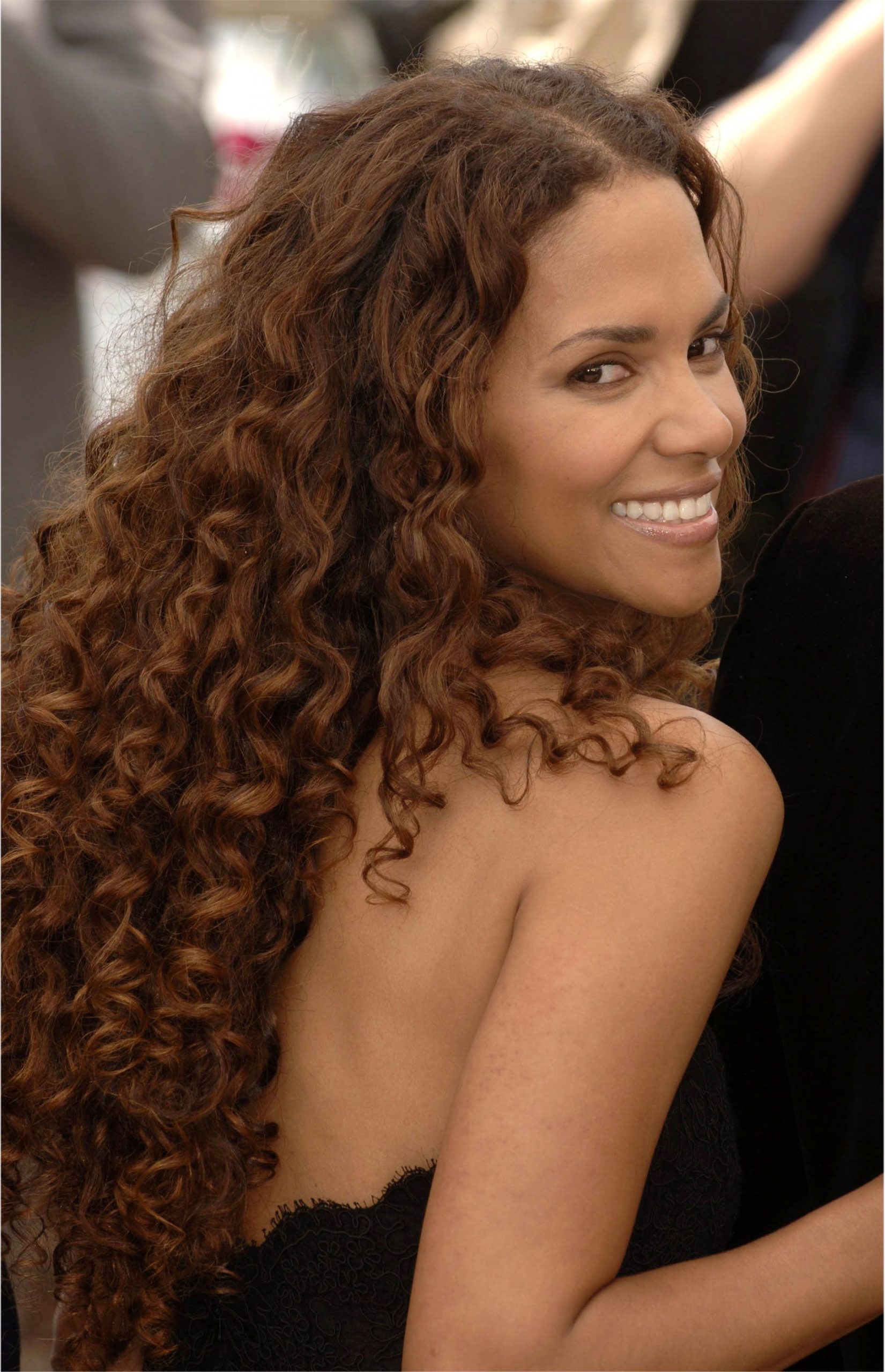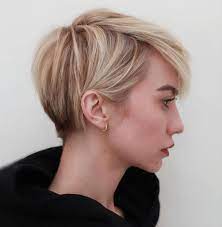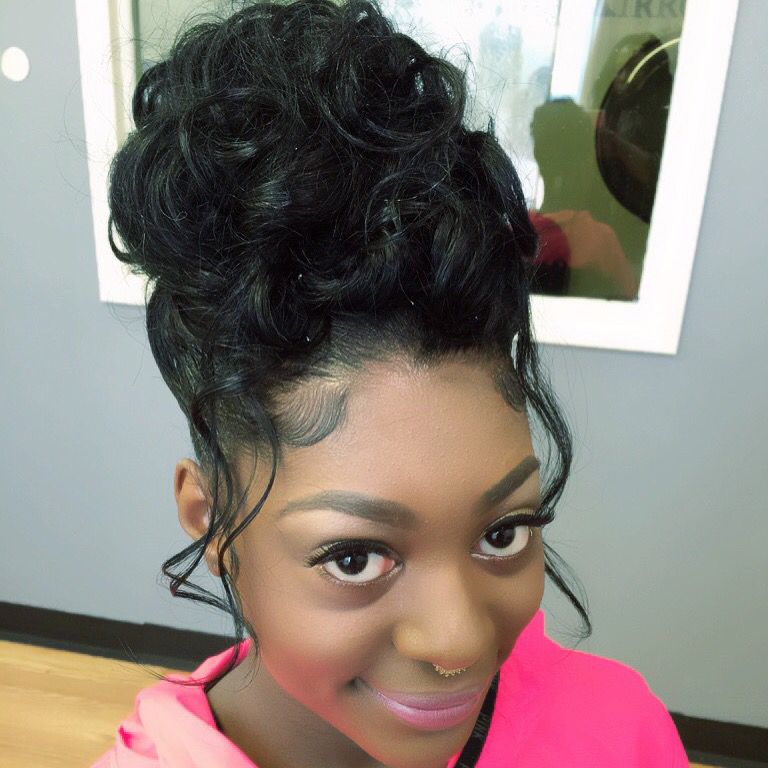
Curly hair offers many great opportunities when it comes to changing its color. Finding a shade that flatters your curl pattern while emphasizing your features can be challenging but should never be impossible!
Red will highlight your ringlets, while for something softer, try brown balayage for an ombre effect that adds dimension and enhances your complexion.
Purple Highlights
Purple highlights complement all hair colors, especially when your locks are curly or wavy. Their perfect pairing brings dimension to wavy or curly locks for an unforgettable look!
Darker shades of purple (such as lilac or magenta ) work beautifully with black hair. Add pops of pastel purple for an instant eye-catching makeover!
Try going for more subtle violet hair by subtly mixing its hue into your natural shade of brown. Pick this look beneath your top layer for an eye-catching peek-a-boo look suitable for professional environments.
Brown Shades
If you’re ready for a change, brown can still make your curly locks vibrant and beautiful. For an effortless beachy casual style, warm cinnamon brown with subtle golden highlights may be best; this flatters fair complexions while drawing attention to your ringlets and waves instead of drowning them out.
Mahogany brown is a dramatic choice for dark hair colors that make a bold statement, as its warm tones highlight any skin tone and any red in your eyes.
If you like the idea of red-hued hair but are hesitant to commit fully, try opting for a half-and-half effect – sometimes known as Gemini hair; this popular look celebrates those who can’t decide between two hues!
Bright Colors
Curly hair is breathtaking all on its own but even more stunning when highlighted with vibrant hues that bring out its best features. Be it light pastel-like lavender or vibrant sea teal hues – they all bring out your curl patterns beautifully and draw all eyes toward them!
Rich red hues like oxblood, burgundy, or deep ruby look great on curly locks. Their fiery hue draws attention to your face while beautifully emphasizing natural ringlets and waves.
If you prefer subtler changes, consider choosing a soft dusty pink to complement your curls and complexion.
Medium Brown
If you’re not ready to commit to bold colors, a warm medium brown shade can still give your curls a vibrant appearance and make your locks appear healthy and glowing. It pairs beautifully with almost all skin tones, adding depth and life.
Rich ebony shades are another classic option for curly hair. This soft version of jet black can help highlight the texture and body of your curls while simultaneously defining and structuring them for an organized appearance.
Select a wine-colored shade that complements most skin tones to achieve a deeper red look. It looks gorgeous when worn with curly or wavy locks and adds rock-star chic appeal.
Mahogany
Experiment with rich mahogany hair color on your curly locks for an eye-catching yet seductive look. Boasting vibrant red undertones, this stunning hue will accentuate your inherent beauty.
The deep mahogany brown hue is an ideal match for bouncy, voluminous curls. If you want something less dramatic but just as compelling, add allover mahogany highlights; these blend in seamlessly with natural roots for less dramatic yet less frequent touchups.
Ombre hair colors typically feature dark roots with lighter ends; if you’re still deciding whether to transition away from darker hues, consider a red mahogany ombre instead – it will complement any skin tone!
Silver-Gray
As women age, many opt for dyeing their hair to cover up gray strands; others embrace the natural transition towards silver tones instead. Silver hues blend beautifully with darker brown or black roots while looking great on shortcuts like pixie cuts or bobs.
Soft silver hues with lilac tints look exquisite on curly hair. Wear it to work or special events for an adorable bun look; alternatively, try sporting it with an elegant peek-a-boo bob for evening events.
Women often opt for gradually transitioning their color gradually through balayage coloring techniques, in which their darker base shade gradually changes into lighter steel grey tones over time.

